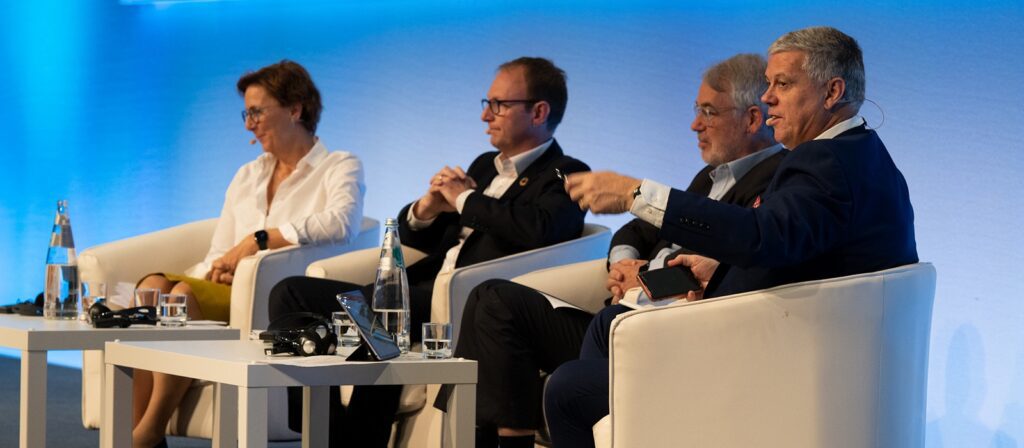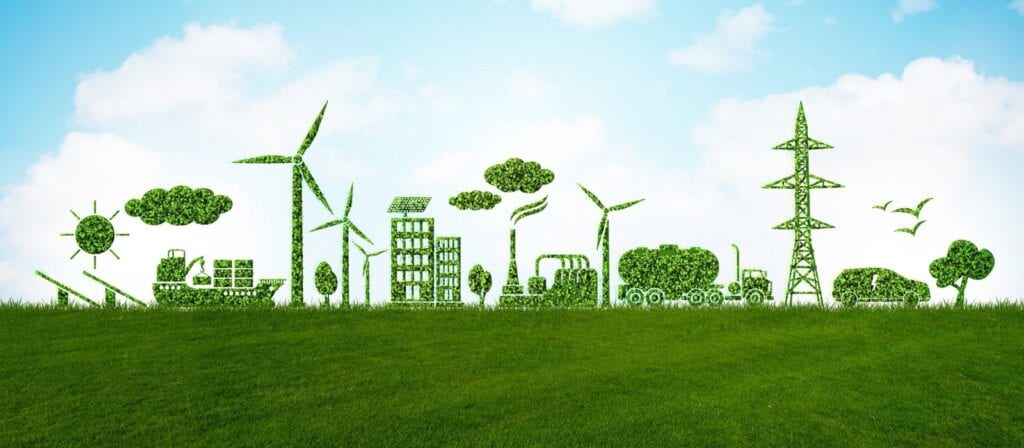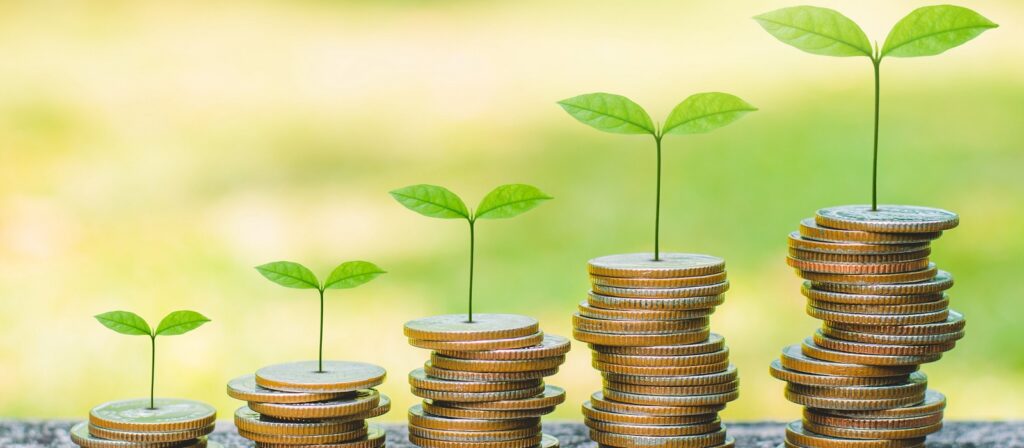The United Nations Office for Disaster Risk Reduction (UNDRR) emphasises the vital role that businesses, particularly insurers, play in building resilience and contributing to sustainable development. The decisions made by insurers shape how society prepares for, responds to, and recovers from disasters.
Insurers have a unique position in disaster risk reduction due to their understanding of risk, including the interconnected and systemic nature of risks from natural, climate, and human-made hazards. This knowledge is critical in influencing and participating in governance processes for managing disaster risk and investing in societal and financial resilience.
The Sendai Framework for Disaster Risk Reduction provides a roadmap for reducing disaster losses and enhancing resilience. The Framework underscores the shared responsibility for disaster risk reduction and sustainable development among various stakeholders, including the private sector.
The insurance industry, particularly mutual and cooperative insurers, has resilience and sustainability at its core. This industry can lead the shift from a single hazard protection focus to a risk-informed, resilience approach across systems. This shift requires embedding disaster risk understanding in business management strategies and practices.
Despite progress, there remains a significant protection gap in insurance coverage for disasters. This gap highlights the need for insurers to provide incentives for individuals, households, and businesses to reduce disaster risk, thereby making communities more resilient and sustainable.
The collaboration between the ICMIF and UNDRR has resulted in seven disaster risk reduction mechanisms based on case studies from ICMIF members. These mechanisms offer a practical way for the cooperative and mutual insurance sector to implement the Sendai Framework and to support the SDGs. They focus on reducing exposure and vulnerability to an increasingly complex and intensifying risk landscape.
In the face of escalating climate volatility and a widening protection gap, the IDF emerges as a critical initiative leveraging insurance for global adaptation and resilience. This forum symbolises a collaborative response to the urgent need for innovative solutions to climate-related risks.
The protection gap, representing the divide between economic losses from disasters and those covered by insurance, underscores a significant societal challenge. With climate change leading to more frequent and severe disasters, this gap poses a growing threat to global communities and economies. Addressing this gap is not just about financial recovery, but also about ensuring economic stability and safeguarding livelihoods against the backdrop of an uncertain climate future.
The IDF was established in 2015 through a collaboration between major global entities such as the World Bank, UN Development Programme, insurance and reinsurance companies, brokers, and other multilateral institutions. This initiative was driven by the shared recognition of insurance’s potential to enhance climate resilience and adaptation. As a public-private partnership, the IDF aims to foster dialogue, share knowledge, and drive action towards a more insured and resilient world.
The finance industry plays a crucial role in building resilience, not just in terms of mitigating risk, but in proactively shaping a future that can withstand and adapt to upcoming challenges. While the traditional view of resilience often focuses on disaster risk reduction (DRR), a broader perspective is needed. The transformation required for resilience parallels the magnitude needed for energy transformation.
The financial sector, particularly areas beyond insurance like banking and private equity, lacks adequate expertise in embedding resilience. Insurance, a leader in understanding physical climate risks, is already ahead in this regard, but more is needed. Risk is not being accurately priced into global markets, leaving a void in crucial risk signals.
There is a misconception that adaptation investments lack financial viability, though there are many examples that prove this to be false. African hydropower projects, often disregarding climate risks in their investment calculus, serve as a prominent example. Another example is the resilience upgrades in coastal infrastructure, which not only protect against rising sea levels but also enhance property values. Sectors like agriculture, infrastructure, and urban development, when incorporating adaptation measures, not only yield substantial investment returns but also sustain these benefits, even when accounting for the costs of adaptation
A major step towards addressing these challenges is the Global Resilience Index Initiative (GRII), formed by six partners including the UNDRR and the IDF. The Initiative focuses on providing open, globally consistent data on physical risk and resilience, aiming to create a common language of risk for investors worldwide. The GRII leverages insurance industry metrics and tools to fill gaps in systemic risk understanding and supports decision-making in financial institutions.
Efforts include developing frameworks for integrating resilience into financial decision-making and creating tools for infrastructure investors to prioritise resilience-focused investments. These tools are designed to be publicly available, aiding governments and organisations like the Green Climate Fund in making informed decisions.
Session speakers:
- Sarah Wade-Apicella, Head of Partnerships, UNDRR – Building a Resilient World
- Saoirse Jones, Head of IDF Engagement, Zurich Insurance (Switzerland) and Co-Chair, Insurance Development Forum (IDF) DRR Task Force
- Nicola Ranger, Director Resilience Finance Lab, Oxford, GRII








